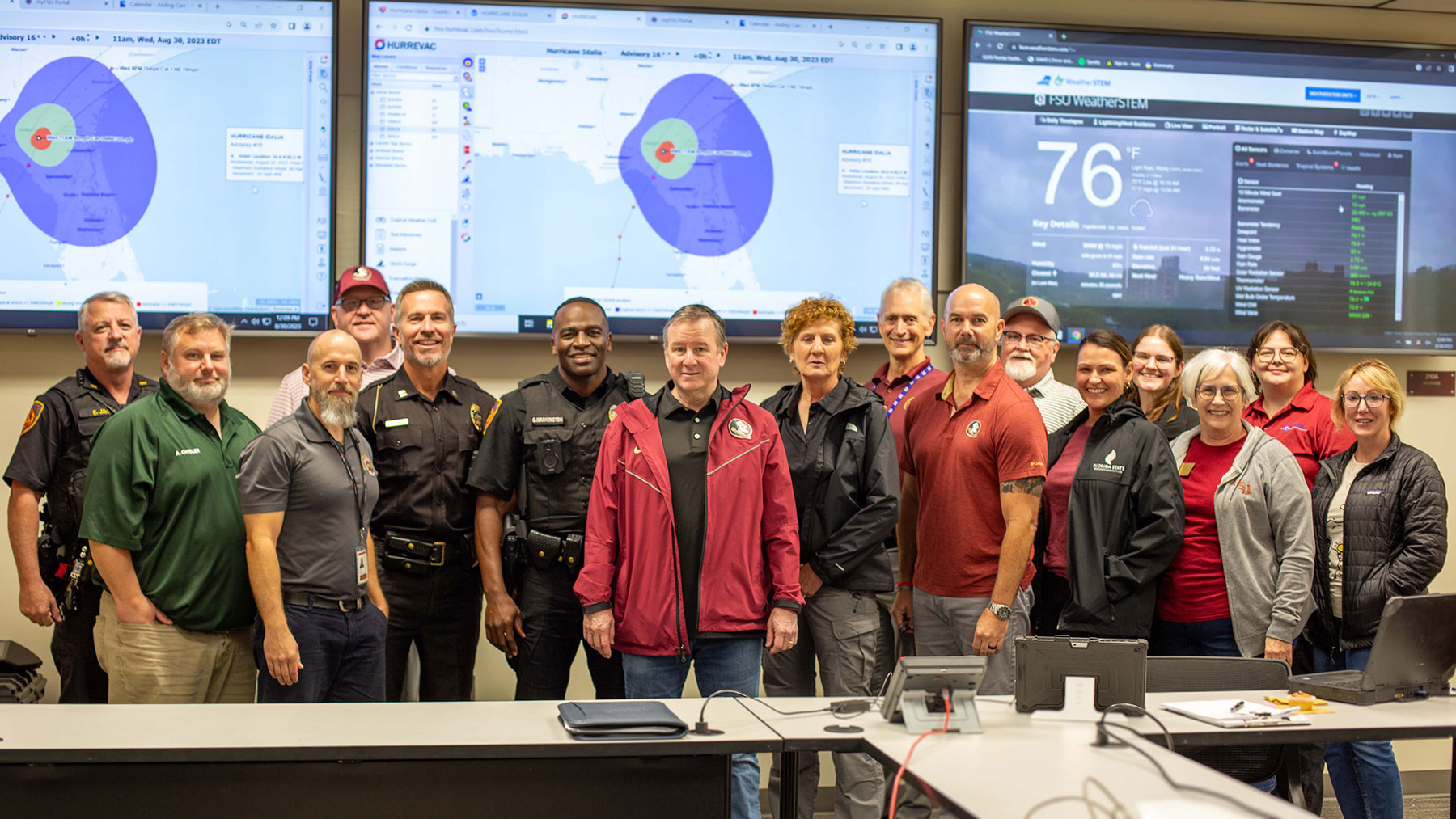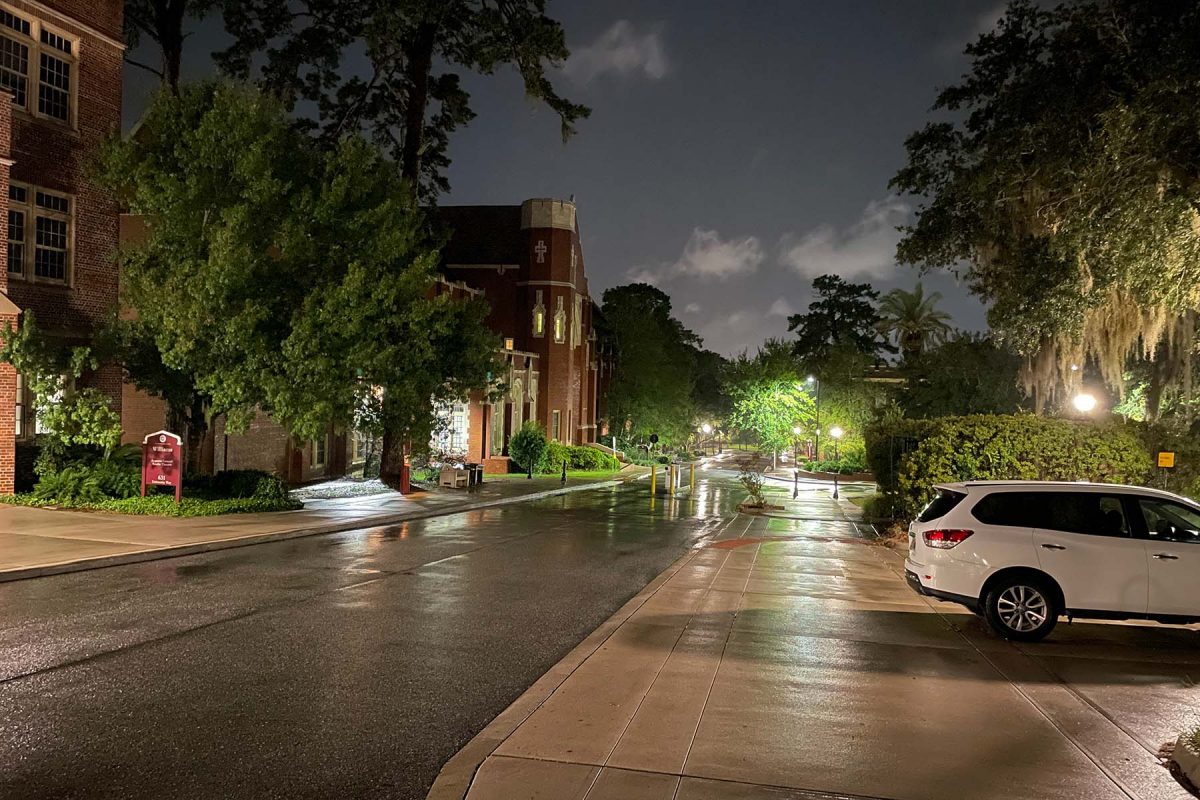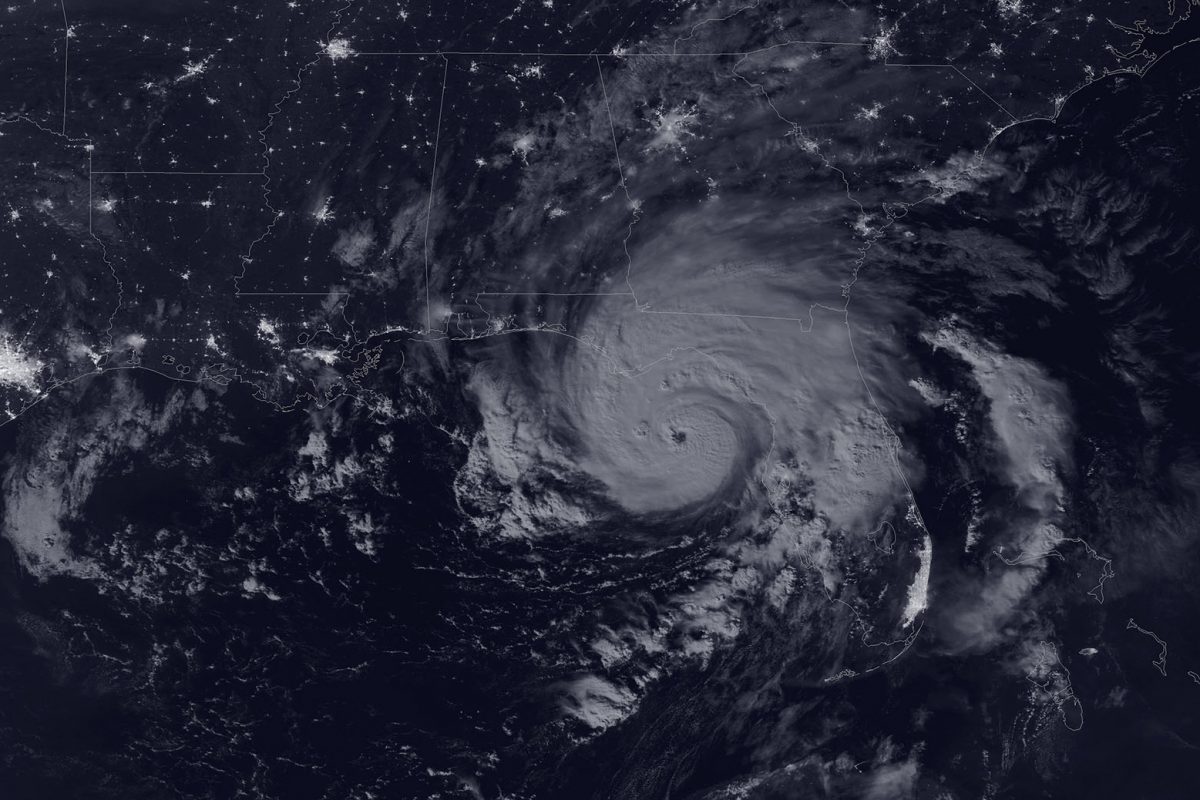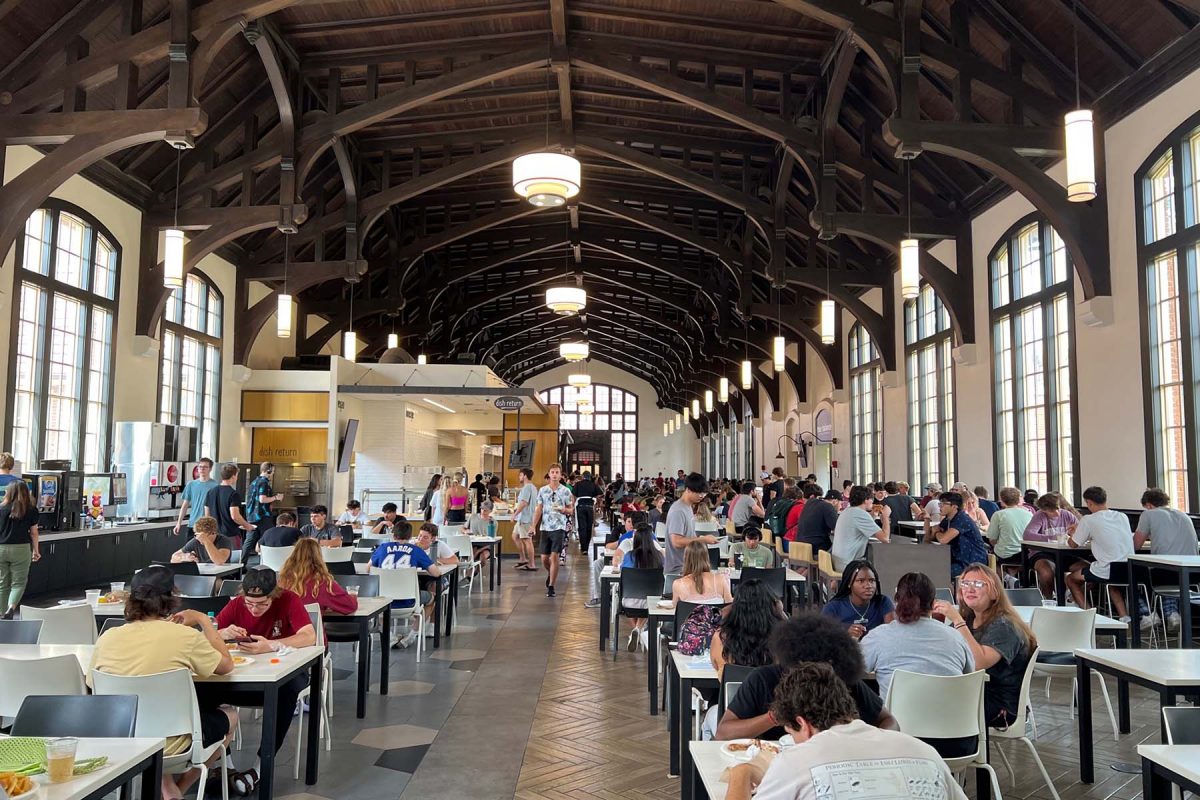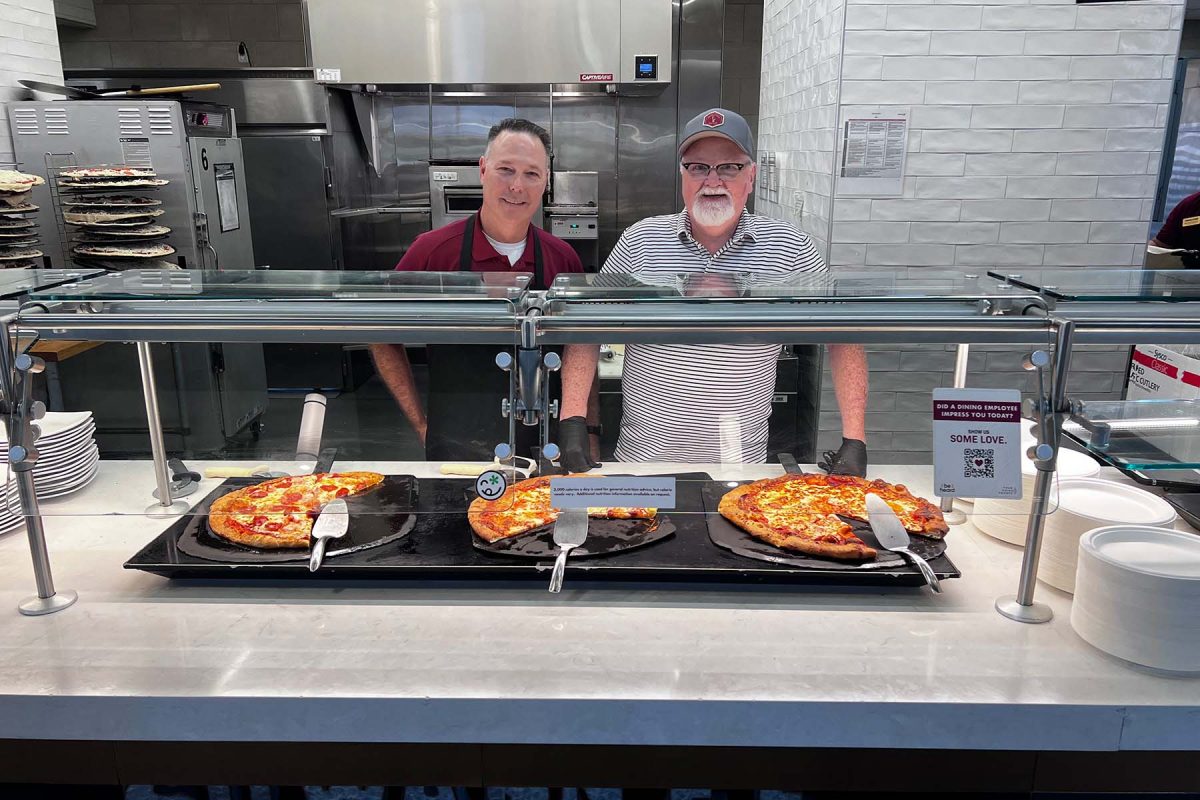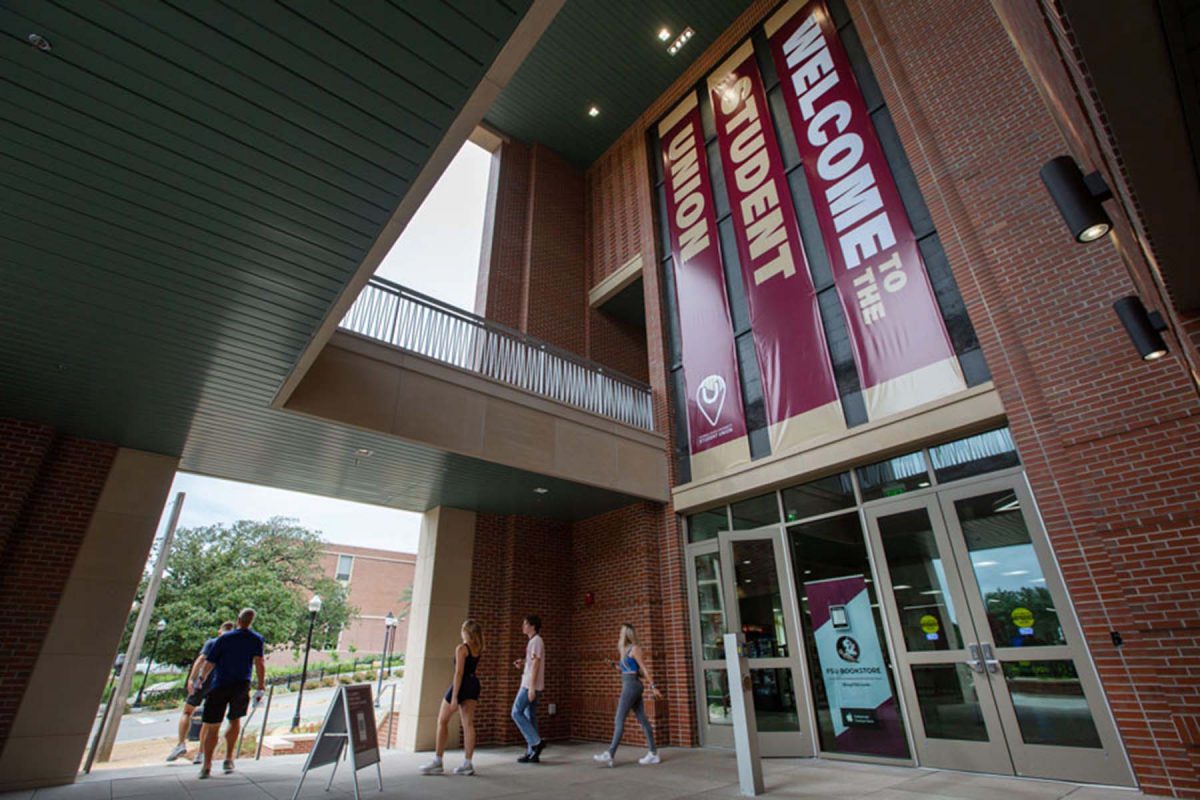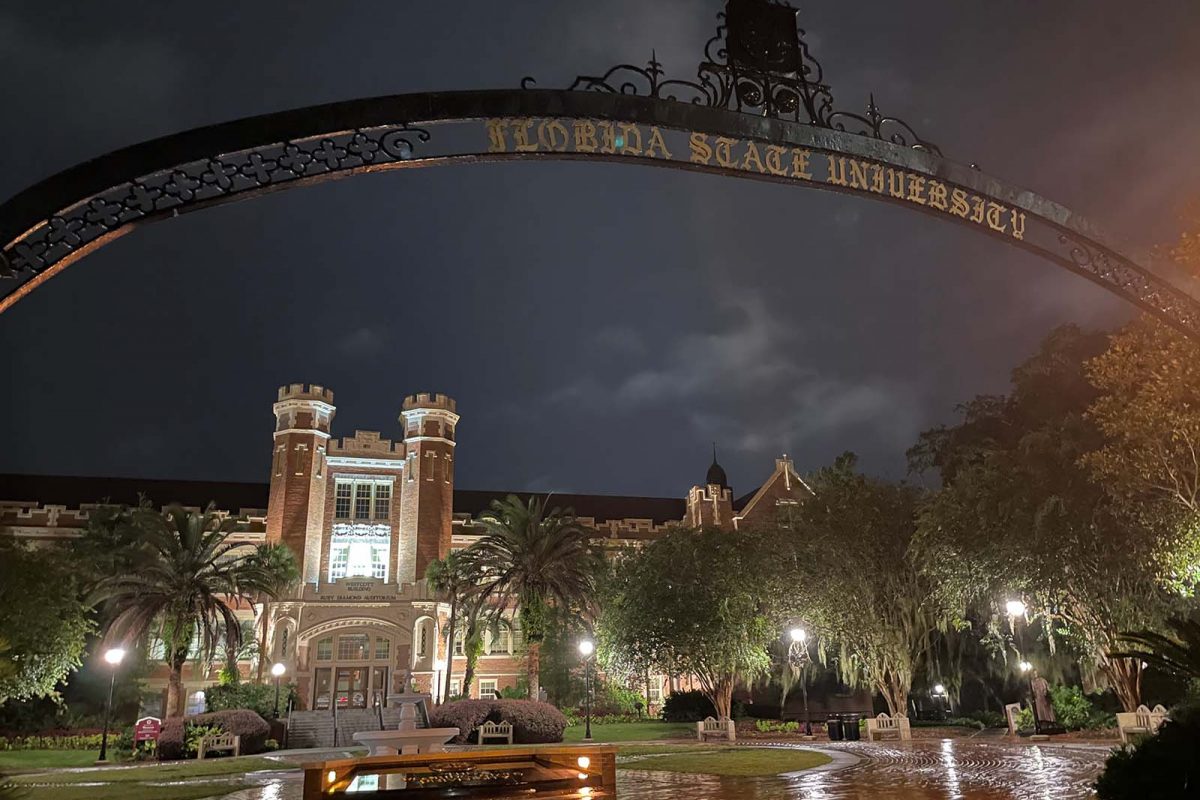
Let’s set the scene: Nearly 6,000 Florida State University students have just finished moving into their campus residences and more than 43,000 students in Tallahassee are excited to kick off a new school year. But, as fate would have it, Hurricane Idalia makes an uninvited appearance, disrupting everyone’s plans.
Idalia, born from a low-pressure area that hitchhiked its way from the eastern Pacific to the western Caribbean, steadily grew during the week from a whisper of a storm to a historic raging Category 4 hurricane Florida won’t soon forget.
Before the storm
FSU officials started preparing days before classes began with more than 80 departments and units involved in the campuswide effort.
Emergency supplies were double checked, and backup generators were tested. Researchers were given the lowdown on how to protect their experiments, many of which would continue through the storm in labs across campus.
“With a late-developing tropical system, there is a lot of uncertainty about the storm’s track, wind speed probabilities and arrivals of winds,” said Curt Sommerhoff, FSU’s director of Emergency Management. “That means there needs to be a swift, campuswide effort to be ready for what the storm has in store. We have excellent partners across the university who are prepared to do their part, regardless of the situation.”
The university began issuing notices to all students, faculty and staff about Tropical Depression 10 on Aug. 26, four days before the storm made landfall as a high-end Category 3 hurricane. The message was clear: FSU was on the watch, ready to act if necessary. The campus community was reminded to keep an eye on alerts.fsu.edu, FSU’s hub of emergency information and instructions.
Fast forward to Monday, Aug. 28 — the first day of the fall semester — and the decision was made to cancel classes Wednesday, Aug. 30. Idalia was on a collision course with Florida’s Big Bend, and the university wasn’t taking chances.
Human Resources accelerated the payroll schedule to make sure employees would be paid on time. Procurement Services had vendors in place for emergency goods and services. Students Affairs developed programming that could be implemented after the storm, depending on the conditions.
As the forecast shifted west, closer and closer to Tallahassee, FSU officials decided to close the university earlier than planned — noon Tuesday — and cancel classes for the rest of the week.
There is strong collaboration and communication between members of the president’s cabinet, who are charged with making these difficult calls during a weather crisis. They also consult with deans and department heads, as well as faculty from the Department of Earth, Ocean, and Atmospheric Science, for the most pertinent data available before deciding to close campus.
“There are a lot of factors that go into canceling classes and normal operations for a severe weather event,” said Kyle Clark, senior vice president for Finance and Administration, which includes the Emergency Management and FSU Police departments. “We’re constantly talking with state, city and county officials, the National Weather Service and our Emergency Management Partners on campus, as well as peer institutions, to make the most well-informed decision we can for the safety of the university community.”
On the afternoon of Aug. 29, FSU President Richard McCullough reassured the FSU family with a message that the university was prepared for what was to come and stressed: “Your safety is our top priority.”
“Your safety is our top priority.” – President Richard McCullough
But FSU didn’t just hunker down in storm mode; it educated the nation.
“An important part of our role as researchers, and especially as meteorologists, is to help the public understand the science behind what’s happening and how that impacts the best way to respond,” said Allison Wing, an associate professor in the Department of Earth, Ocean and Atmospheric Science.
Wing explained to the New York Times, CNN and other media how warm water temperatures in the Gulf of Mexico contributed to Idalia’s rapid intensification.
Professor Charles Nyce shared his expertise on property insurance in Time Magazine, and David Zierden, state climatologist and associate in research at the Center for Ocean-Atmospheric Prediction Studies, commented on storm surge in the Washington Post.
During the storm
When Idalia came knocking early Wednesday morning about 60 miles southeast of the main campus, FSU activated its Emergency Operations Center (EOC).
Representatives from Finance and Administration, Facilities, Environmental Health & Safety, Student Affairs, Housing, FSU Police, University Communications, Housing, Business Services and Emergency Management converged to keep an eye on the storm, make critical decisions, and share information and updates with the campus community and the public.
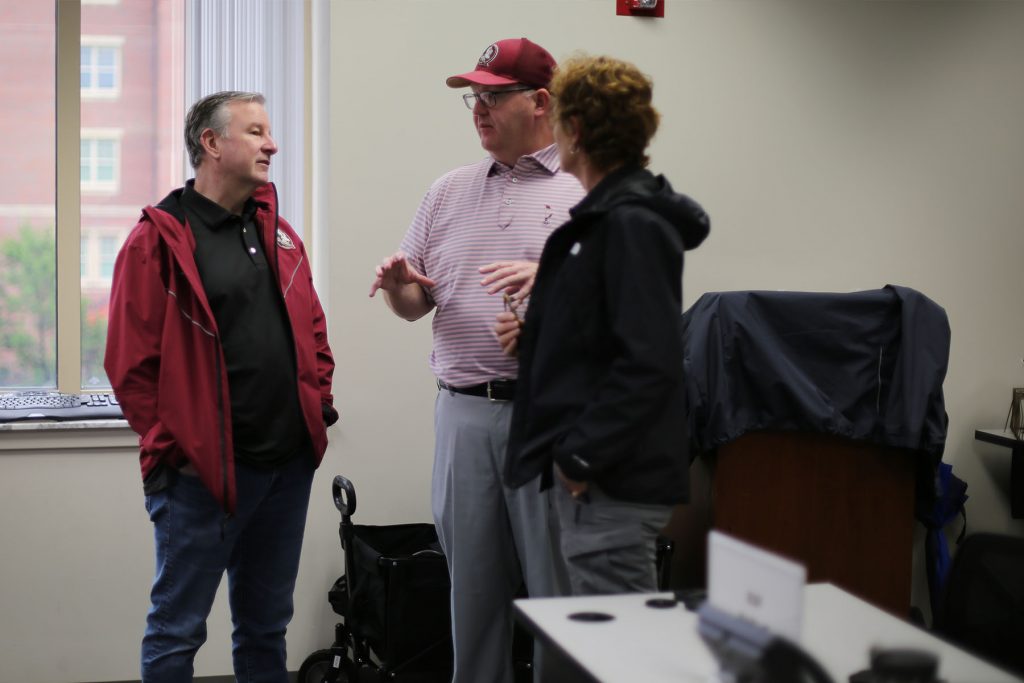
Mark Vaughn, assistant director of Digital Communications in the Office of University Communications, who rode out the storm at the EOC, said: “The Emergency Operations Center at FSU really becomes the information hub during a hurricane. The goal is to make sure we’re speaking directly with each other to be effective and probably most importantly, to make sure we move as quickly as possible and communicate with the entire campus community.”
As Idalia neared Tallahassee, the university sent an alert advising folks to stay indoors, away from doors and windows. Students did just that, holing up in residence halls and off-campus housing.
Idalia battered the Apalachee Bay area like never before, leaving homes flooded, roofs ripped off and hundreds of thousands without power.
While most of FSU’s main campus never lost power and was spared the worst of Idalia, Tallahassee didn’t escape unscathed. Nearly 66,000 utility customers in the area lost power after high winds toppled trees and power lines.
In the front yard of the governor’s mansion, a 100-year-old oak tree — not unlike many of those on FSU’s campus — split in half. In terms of damage to campus, FSU Facilities has been actively reconnecting electricity, picking up storm debris, repairing roof leaks and cleaning up water intrusion.
In the end, Idalia’s path, speed and structure at landfall spared the capital city from the catastrophic impacts it anticipated earlier in the week.
After the storm
Just after noon Wednesday, an alert message went out to the Tallahassee campus: Idalia’s severe weather had passed but campus safety officials urged everyone to exercise caution.
With a minimal impact to campus, university officials quickly pivoted to cleanup and recovery — and reopening student services.
Seminole Dining immediately went to work with university administrators stepping up to pitch in. By 2 p.m., Suwannee Dining Hall swung open its doors and served up more than 3,500 free meals. The Union soon followed with food court eateries dishing out another 6,000 meals free of charge.
FSU acted quickly to open university facilities to care for students both on and off campus. On Wednesday night, the Union turned into a comfort relief station with air conditioning and charging stations for students, faculty and staff without power.
In a message late Wednesday afternoon, President McCullough praised the Emergency Management team, faculty, staff and students. He also offered sympathy for those impacted by the storm and said that FSU would offer support to any affected students in the days to come.
University administrators delivered snacks to officials at the city’s Emergency Operations Center, thanking them for their assistance in keeping the FSU family safe.
“We have great partners at the state, city and county, as well as across campus, and we are grateful for their support,” Clark said. “It is truly a team effort.”
Parents shared on social media that they were impressed with how the university communicated with students during the storm.
“I was very apprehensive about my son going through this storm. Although the timing sucked, it helped me gain confidence that this (university) was the right choice for my son,” one parent wrote. “It seemed he knew stuff before me, which is nice.”
“Kudos also to food service who got back up and running,” wrote another.
Resilient and ready to restart the fall semester, FSU fully reopened and classes resumed Tuesday, Sept. 5, after the Labor Day holiday weekend.
As President McCullough put it, “Together, we weathered this storm. And I’m excited to get back to the work we all do every day to make Florida State University one of the very best universities in the country.”
